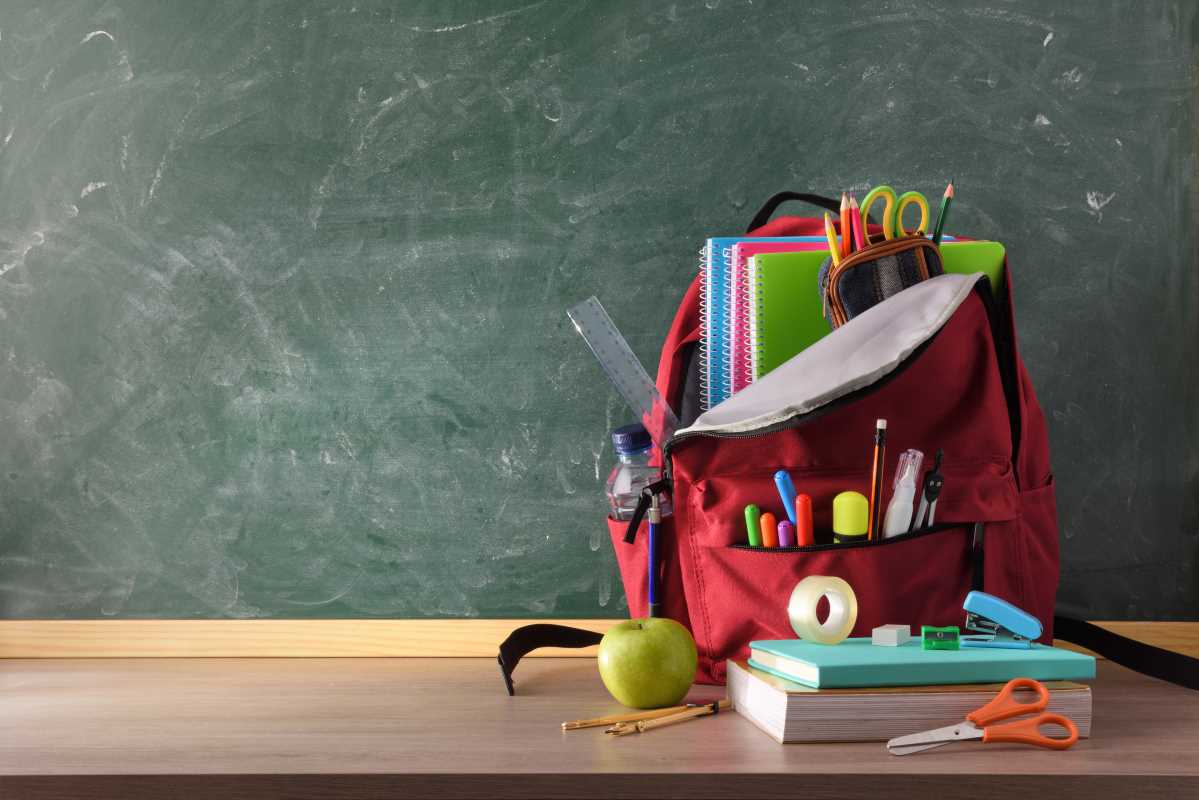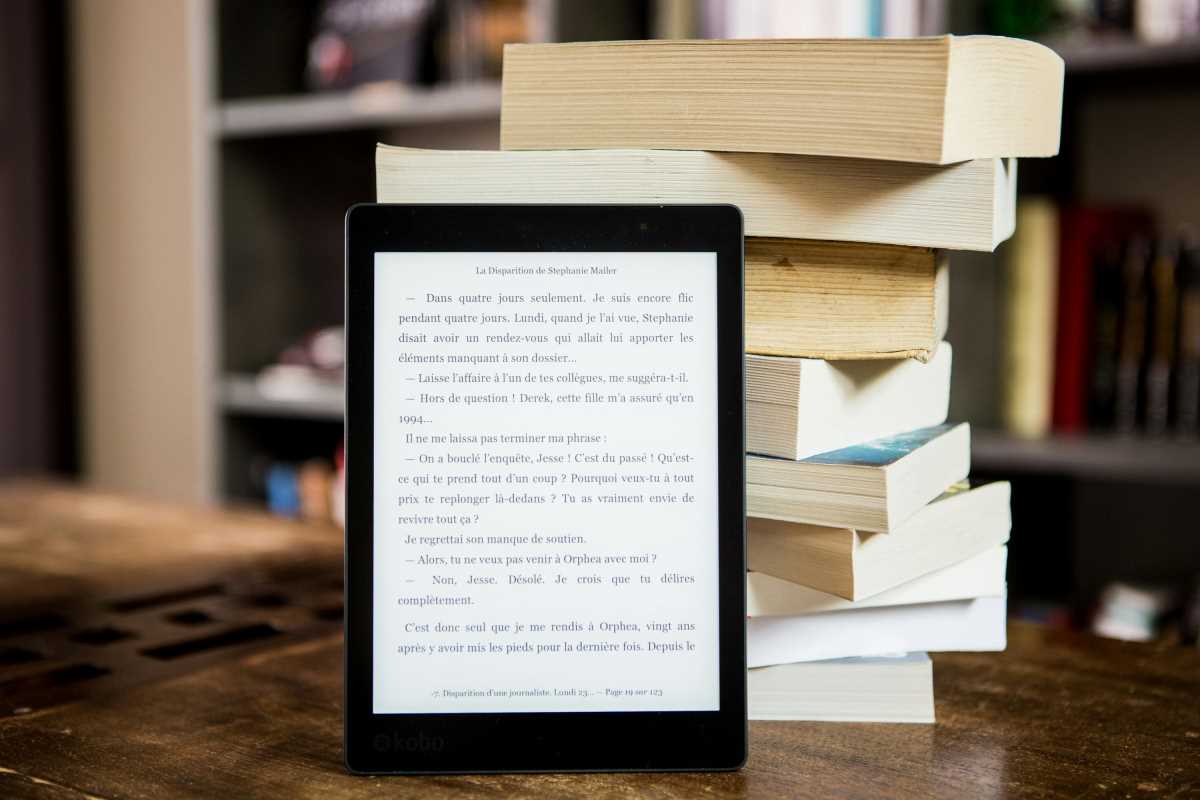With school back in session, keeping school supplies organized can be the difference between chaos and calm, both at home and in the classroom. An organized space not only saves time but also promotes a focused and enjoyable learning environment. Here’s how you can turn your school supply chaos into a neat haven conducive to study.
Designate Specific Areas for Different Supplies
Start by designating specific areas for different types of supplies. Having a designated spot for everything from pencils to art supplies can prevent items from getting misplaced and make it easier for students to find what they need when they need it.
- Use drawer organizers or storage bins with labels to keep everything in place.
- Consider different storage solutions based on the frequency of use and the type of materials. For instance, everyday items like pens and notebooks should be more accessible than seasonal items like craft supplies.
Invest in a Good Quality Organizer
A sturdy organizer can serve as a central hub for smaller items that tend to get lost easily, like erasers, highlighters, and USB drives. Choose an organizer that fits well within the designated study space and complements other storage solutions.
- Wall-mounted organizers can save desk space and keep essential tools within arm’s reach.
- For shared spaces, a portable caddy can be useful, allowing students to move supplies between different study areas as needed.
Utilize Clear Storage Containers
Visibility can significantly enhance the efficiency of any organizational system. Using clear containers for storing supplies allows students to quickly see what's inside without needing to rummage through several boxes.
- Stackable clear bins can be labeled and stored in a closet or on a shelf, making it easy to pull out the necessary supplies for a specific project.
- For smaller items like paper clips or staples, small clear jars or acrylic holders can be a desk-friendly solution.
Implement a File System for Papers
Papers can easily become one of the most disorganized aspects of school supplies. Implementing a file system helps manage handouts, returned assignments, and other documents effectively.
- Use color-coded folders or binders to categorize different subjects or types of paperwork.
- Consider a desktop file sorter for current projects or frequently accessed papers, keeping everything organized and within easy reach.
Regular Clean-Up Sessions
Incorporate regular clean-up sessions into the weekly routine. This helps maintain the organization and allows students to discard or archive items they no longer need.
- A weekly or bi-weekly "tidy-up" can prevent the build-up of unnecessary clutter and help refresh the study space.
- Involve students in the clean-up process to teach them the importance and benefits of keeping their study area organized.
Utilize Digital Tools for Note-Taking
Incorporating digital tools for note-taking can reduce the clutter of physical papers and notebooks. Tablets or laptops equipped with note-taking apps can be an efficient way to keep all notes organized in one place.
- Apps like Evernote or Microsoft OneNote can synchronize notes across devices, ensuring that they are always accessible and up-to-date.
- Digital tools also offer search functionality, making it easier to retrieve information when studying for exams or completing assignments.
Create a Maintenance Checklist
A maintenance checklist can be a great way to ensure that the organizational system is being adhered to and that supplies are replenished as needed. This checklist can be reviewed weekly or monthly, depending on the setup.
- Include tasks like checking the stock of consumables, organizing desk drawers, and updating the labeling system.
- A visual checklist posted near the study area can serve as a reminder and help cultivate good organizational habits.
By implementing these organizational strategies, students can create a study environment that not only minimizes distractions but also promotes effective learning and creativity. With everything in its place, the focus can shift fully to learning and academic success, making each study session productive and stress-free.
 (Image via
(Image via





